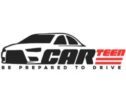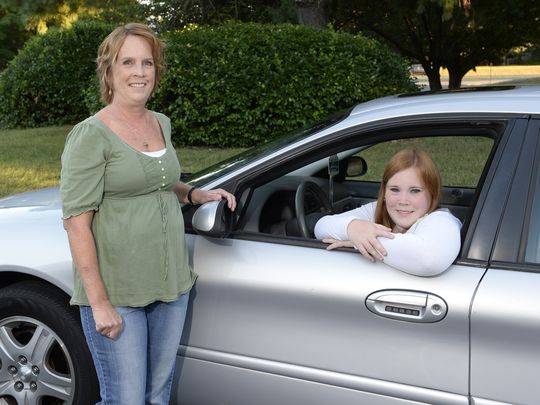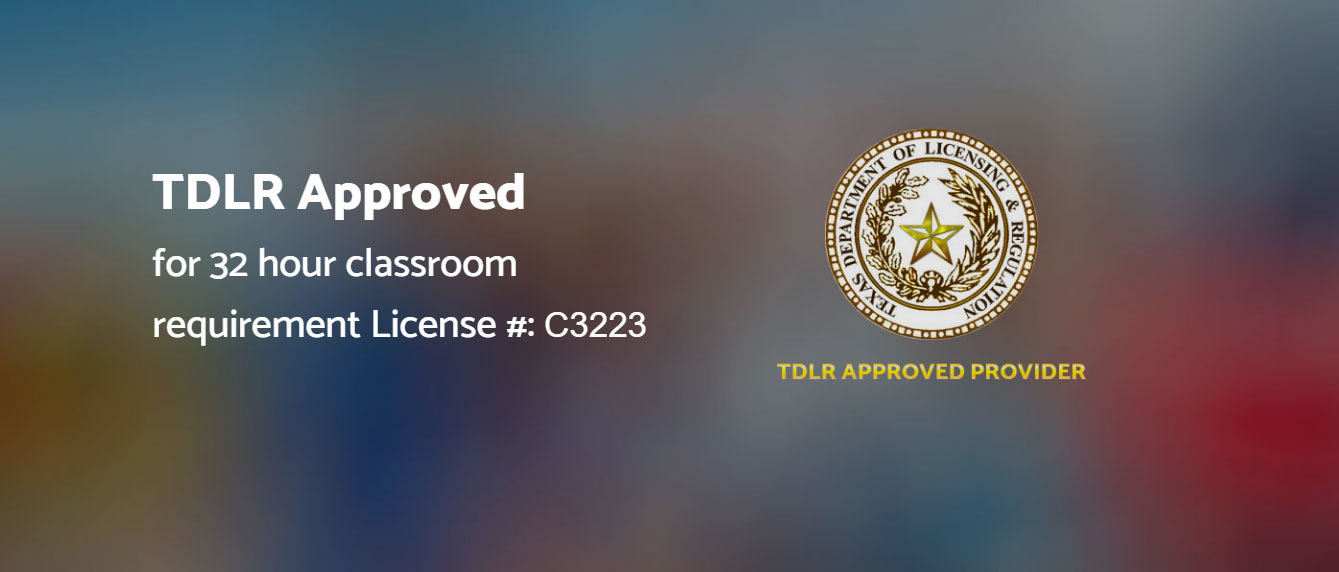
Do you sometimes get confused as to which way the wheel is turned when you are parallel parking? Let’s go over the steps needed to master parallel parking and we’ll simplify it and make it clear what to do and when:
Step 1—Pull alongside the far vehicle or cone that you’ll be parallel parking behind. Make sure you’re approximately 18” away from the side of the car or cone. Get your back bumper even with the car or cone.
Step 2—Turn your right signal on and place your car in reverse.
Step 3—Back straight slowly until the cone or back left bumper of the other car is in the middle of your back right window. Stop.
Step 4—Turn your steering wheel 1 ½ spins to the right.
Step 5—Then proceed back on an angle until the middle of the car or cone you’re parking in front of has disappeared from view of your inside rearview mirror (which would be your left side of the mirror). You should now be at a 45 degree angle to the curb.
Step 6—Stop. Then turn your wheel 1 ½ spins to the left and let the car go straight back 1 or 2 feet further into the parking space.
Step 7—Stop. Then turn your wheel all the way to the left and proceed back until your car is parallel with the curb. Stop. Then straighten your steering wheel so that the wheels are in-line with the body of the car.
Step 8—Place car in drive and pull forward 1 to 2 feet and stop and place car in park.
To Exit The Parallel Parking Space:
Step 1—Reverse the car 1 to 2 feet.
Step 2—Turn your left turn signal on.
Step 3—Turn your steering wheel all the way to the left.
Step 4—Check rearview and left side mirror, look over your shoulder to clear vehicles on main road before pulling out of the parking space.
If you ever get confused where the wheels are in relation to the body of your car: Stop and then turn the wheels all the way to the left or right and then turn 1 ½ spins in the opposite direction (upside down to upside down to right side up) so your wheels will line up with your vehicle.
Backing Correctly In All Circumstances Is Very Important as witnessed by all the crashes caused by backing drivers and as evidenced by new technologies such as back-up cameras, automatic parking or parking assist, rear collision warning and surround view. And even though big technology companies profess how AI (artificial intelligence) will solve these crash problems there will never be any intelligence that is better than the human brain in these tasks. So use your brain to best of your abilities, don’t rely solely on technology –simply use it as another tool, move your head and body (especially the upper trunk) to gain greater visibility and read all the situations before you back a vehicle.
If you need more information about Texas Teen Driver Education please visit us at www.carteen.net.
Steve Trimble
steve@carteen.net



